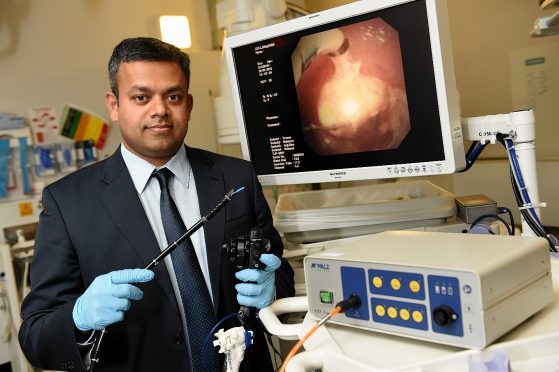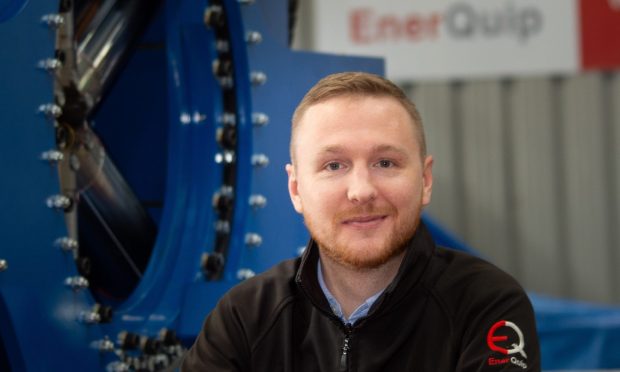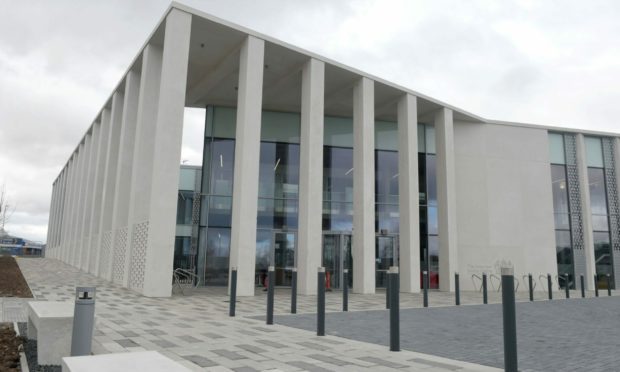A revolutionary procedure begins today in Aberdeen which will cut hospital stays and reduce the need for surgery among elderly patients.
NHS Grampian is the first health board in Scotland to purchase cutting-edge medical equipment to treat people suffering with troublesome gallstones.
Bile duct stones are gallbladder stones lodged in the bile duct, a condition that affects as many as one in 10 people in the UK.
But staff at Aberdeen Royal Infirmary now have access to a £17,500 endoscopic device to find and remove stones at the same time.
The technology, which was purchased through the NHS Grampian endowment fund, uses ultrasonic waves to help remove the stones and should be of major benefit in treating patients, particularly those who are older and cannot have surgery.
In the Grampian region, there are currently 670 gallstone-related surgeries every year.
Unit operational manager Sean Berryman said elderly and infirm patients could be treated rather than having to be prescribed pain killers or having to cope at home.
He added: “It is amazing. We have done this procedure before, but we had borrowed equipment, so we are the first to purchase this.”
Mr Berryman said the technology would reduce bed days and “patients will get seen and treated much quicker”.
“The main beneficiary is the patient. It will save us a little bit of money but it’s not a huge amount.
“This is cutting-edge technology and we are the first to use it.
“We know other hospitals in Scotland are going to use it, but we are ahead of the game.”
Prior to the new procedure, patients have needed repeated endoscopy appointments or surgery at ARI to solve the problem.
The equipment uses a “Spyglass” direct visualisation system, which includes a camera, fed through a patient’s throat to find the gallstones.
Dr Umesh Basavaraju, consultant gastro-enterologist said: “By doing this and clearing the stone it will help prevent further endoscopies and further surgery.”
How it works
The new technology uses radio frequencies to target gallstones that are resistant to other treatment.
A tube with a camera is inserted into the mouth, down the throat and through the stomach.
Localised pulses are used to break up the larger stones, without the need for surgery.










